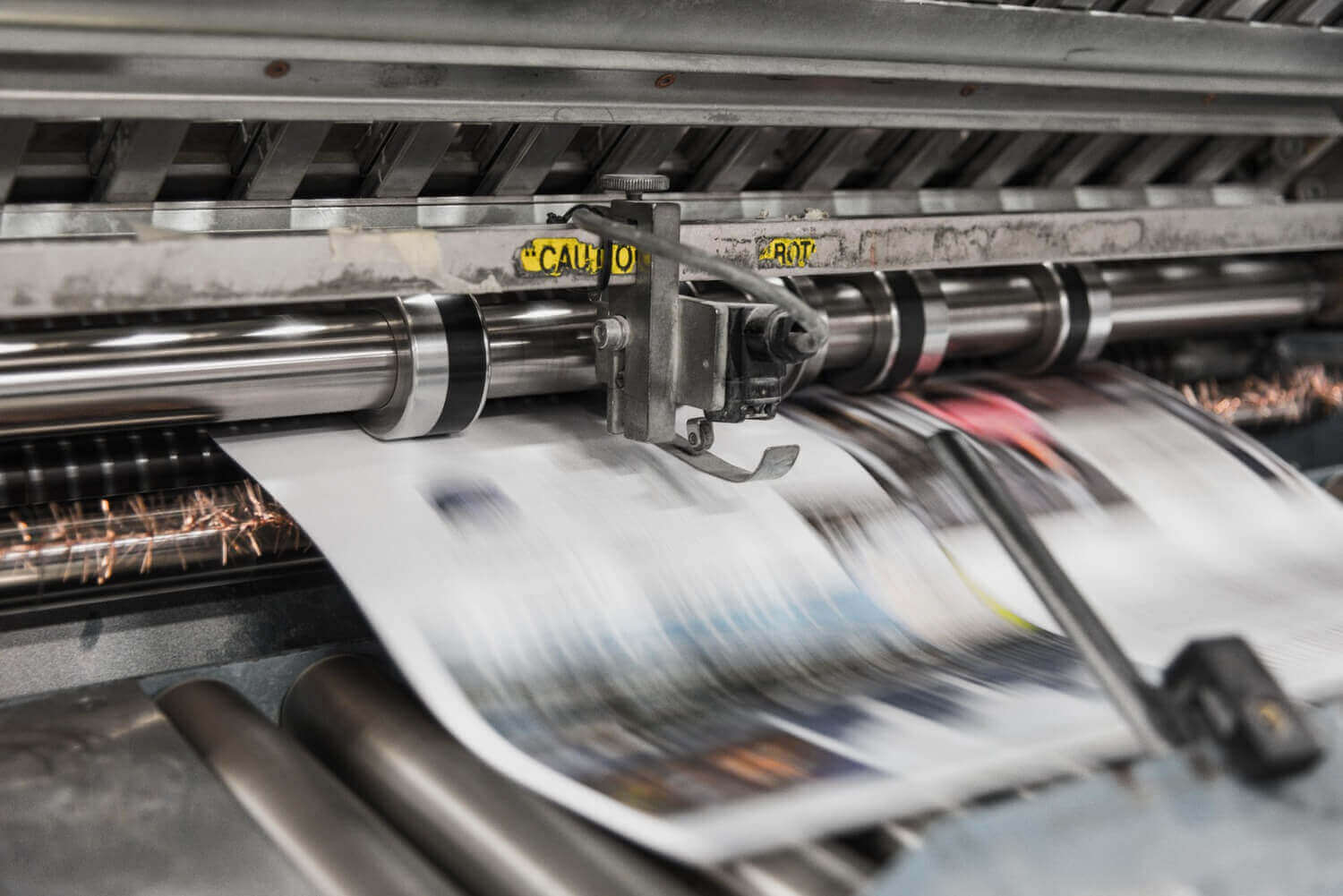Recognizing How Digital Printing Revolutionizes the Printing Market
The printing industry, long soaked in standard methods, is undertaking a radical improvement with the introduction of electronic printing. This cutting-edge modern technology, which shuns the requirement for publishing plates, makes it possible for quick production and customization, reshaping the landscape of print communication. With its prospective to spur involvement with customized material and to provide sustainable remedies, it's clear that digital printing is greater than a technical innovation; it's an essential game changer. Just how exactly does it revolutionize the market? Allow's discover.
The Advancement of Digital Printing: A Brief Review
Considering that its inception, digital printing has gone through substantial makeovers, constantly reinventing the printing sector. Its advancement began with the growth of xerography in the mid-20th century, a procedure which prepared for printer. With the arrival of the 90s, electronic printing modern technology started to mature, and the market observed the introduction of direct imaging presses, which eliminated the need for publishing plates. As the new millennium unfolded, developments in innovation additionally stimulated the development of digital printing, bring about the creation of high-speed inkjet printers. These devices used superior top quality and rate, permanently changing the landscape of the market. Today, electronic printing stands as a testimony to human development, continuously progressing to meet the ever-changing needs of the modern world.

Unboxing the Technology Behind Digital Printing
Diving into the details of digital printing innovation, one runs into an abundant tapestry of sophisticated machinery and complex formulas. At the heart of this procedure exists a digital image, which is processed by software application that divides it right into a grid of dots. This intricate system, boosted by sophisticated software program and high-resolution imaging, has actually transformed the landscape of the printing market, paving the way for read the article unprecedented degrees of detail and accuracy.

The Advantages of Digital Printing for Companies
Comprehending the innovation behind digital printing gives a clear picture of its precision and detail. Electronic printing is environmentally friendly, using less ink and producing much less waste. The complete potential of digital printing is understood when utilized for customization and customization, a topic that will certainly be covered in depth in the next section.
The Function of Digital Printing in Customization and Personalization
While conventional printing methods struggle with modification and personalization, digital printing masters these areas. It enables for the easy change of layouts, without the requirement for expensive and lengthy plate adjustments (print on demand). This enables businesses to tailor products to specific clients, meeting specific needs and enhancing consumer contentment
Digital printing additionally enables for variable information printing, where components such as text, graphics, and photos might be transformed from one published item to the following, without decreasing the printing process. This is especially see this useful for straight advertising and marketing campaigns, where customized messaging can substantially boost response rates. This way, digital printing not just reinvents the printing market however likewise changes the means companies interact with their consumers.
Analysing the Environmental Impact of Digital Printing
Although electronic printing has actually been admired for its function in personalization and customization, it is essential to analyze its ecological influence. Digital printing can be less wasteful than standard methods, since it operates a 'print on need' basis, removing the demand for big print runs that can cause surplus and waste. In addition, it utilizes less chemicals and produces much less volatile natural substances (VOCs) contrasted to offset printing. Nonetheless, the power usage of electronic printers can be high, bring about boosted carbon footprint. Furthermore, using non-recyclable printing parts and the obstacle of e-waste management pose considerable ecological concerns. While digital printing has lots of benefits, its ecological influence should be conscientiously managed.
Final thought
Finally, electronic printing has changed the printing industry, supplying quick, economical, and premium services. It moved here promotes personalization, enhancing consumer engagement, and utilizes a lasting print-on-demand model. As this modern technology remains to evolve, its influence on company interaction, consumer fulfillment, and environmental sustainability becomes significantly profound. Recognizing these modifications is crucial for organizations to take advantage of the advantages of digital printing properly.